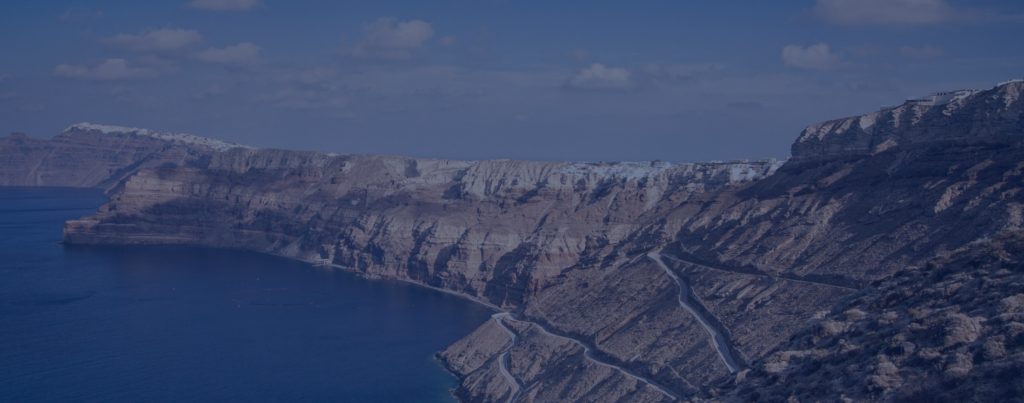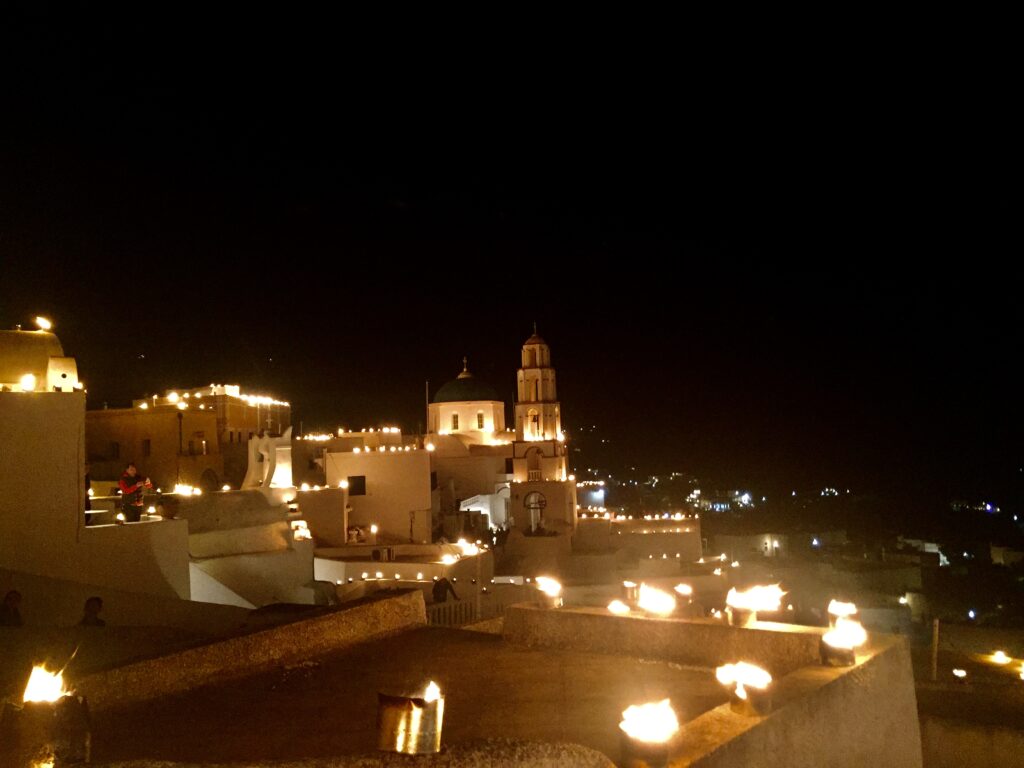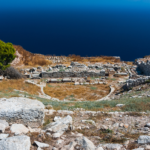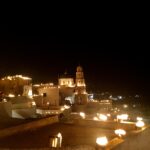Easter in Greece: A Story of Death, Light, and Return
There’s something universal about the stories we tell in spring—stories of loss, of darkness, and of light returning. In Greece, Easter is not just a religious holiday. It’s a living tradition that brings together myth, faith, and the rhythms of nature. If you happen to visit Santorini or the Cyclades during Orthodox Easter, you’ll witness something unforgettable.
Mythology at the core of Easter in Greece
Easter in Greece follows the story of Christ’s Passion and Resurrection. But woven into it are echoes of ancient myths—like the tale of Persephone. In Greek mythology, Persephone is taken to the underworld by Hades, and her mother Dimitra, goddess of the harvest, mourns so deeply that the earth stops blooming. When Persephone returns in the spring, the flowers return too. Like Christ’s resurrection, her return brings life back to the world. Both stories share the same message: what dies can live again.
Festive weekend
On Good Friday, you’ll feel that sorrow in the air. Churches go dark. Bells ring low. One of the most touching moments is when the hymn “Ω γλυκύ μου έαρ” (“O my sweet springtime”) is sung, expressing Mary’s grief for her son. In villages like Pyrgos in Santorini, the streets are lit with hundreds of lanterns, guiding the flower-covered bier of Christ—called the Epitaphios—through the night. The procession is slow, sacred, and deeply moving.
Then comes the turning point. On Holy Saturday at midnight, the church lights go out. People stand in silence, holding unlit candles. A single flame is passed from the altar, candle to candle, person to person. When the priest calls out “Christos Anesti!” (Christ is Risen), bells ring, fireworks light the sky, and joy fills the night. The darkness lifts. The light returns.
On Easter Sunday, celebration takes over. Families gather to roast lamb, share red-dyed eggs, and enjoy local wine and sweet bread. In Naxos, it’s a full community affair. At a neighbouring Ios island, the energy is more local and heartfelt. When you visit Paros, the village of Marpissa creates moving tableaus of the Passion on Good Friday—silent, beautiful scenes acted out in the streets. Every island adds its own color to the Easter story.
No Language is Needed
Whether you’re religious or not, Easter in Greece is something to feel. It’s the smell of incense and thyme, the candlelight in the wind and the voices singing old hymns under a starry sky. You don’t need to understand every word. The emotion speaks for itself.
By the time the sun sets on Easter Sunday, you will have walked through sorrow and into celebration.
For travelers, this is more than a photo opportunity. It’s a chance to be part of something real and ancient. With the right local guide, you won’t just see the tradition—you’ll understand its soul.
In the end, Easter in Greece is a reminder that life always finds a way to return. Whether through the story of Christ or the myth of Persephone, the message is clear: there is always light after darkness. There is always spring after winter.





